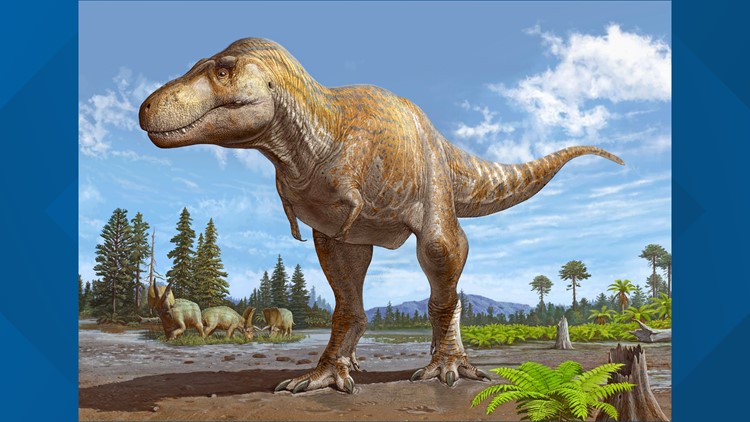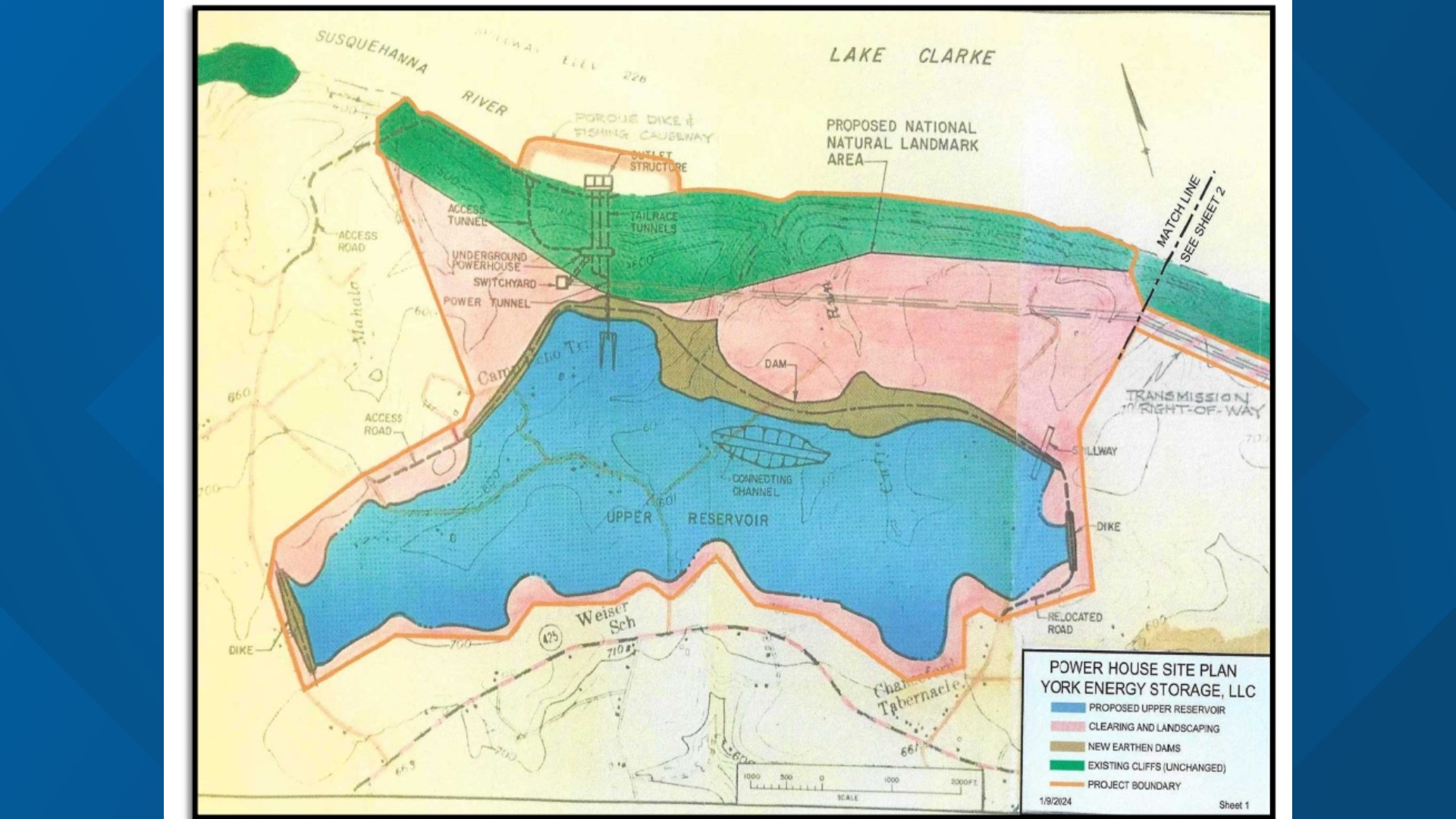HARRISBURG, Pa. — Buried in a lake, a newly discovered species of dinosaur waited millions of years—about 70 million—to be found.
A group of scientists, including Harrisburg University of Science and Technology professor Dr. Steven Jasinski, recently identified and described a species of dinosaur whose fossils were originally thought to come from a Tyrannosaurus rex.
The newly discovered Tyrannosaurus mcraeensis is similar in size and shape to the T. rex, but it existed in New Mexico several million years before the well-known species.
"Its discovery reveals that T. rex forerunners existed in North America millions of years earlier than previously thought and helps fill in longstanding gaps in the evolutionary timeline of T. rex," scientists said.
Although its massive head and sharp teeth look like that of a T. rex, scientists say T. mcraeensis stands out because of the shape of the postorbital bone near the eye and the distinct articulation of the lower jaw. Experts and the research team, including Dr. Jasinski and researchers from the New Mexico Museum of Natural History and Science, the University of Utah and the University of Bath, confirmed the differences and that the fossils belonged to a species of dinosaur different—but closely related—to the T. rex.
Researchers say the dinosaur was carnivorous and walked on two legs like the T. rex, and was also around the same size. T. mcraeensis could reach lengths of over 35 to nearly 40 feet and weighed around eight metric tons.
The fossils, identified as NMMNH P-3698, were collected near Truth or Consequences in southern New Mexico in two phases. They were initially discovered in 1984 but remained partially underwater until 2002, when a drop in lake levels allowed scientists to collect additional samples.
“As we continue to explore these areas, collect more fossils, and study those already in museum collections, our understanding of the diversity of the dinosaur fauna of North America, particularly in the Late Cretaceous, will continue to grow,” Dr. Jasinski said in a press release.
Researchers say T. mcraeensis coexisted with creatures such as duck-billed dinosaurs, sauropods and the recently named horned dinosaur Sierraceratops turneri near the Campanian-Maastrichtian boundary in southern New Mexico.
To read the scientists' full paper, click here.



